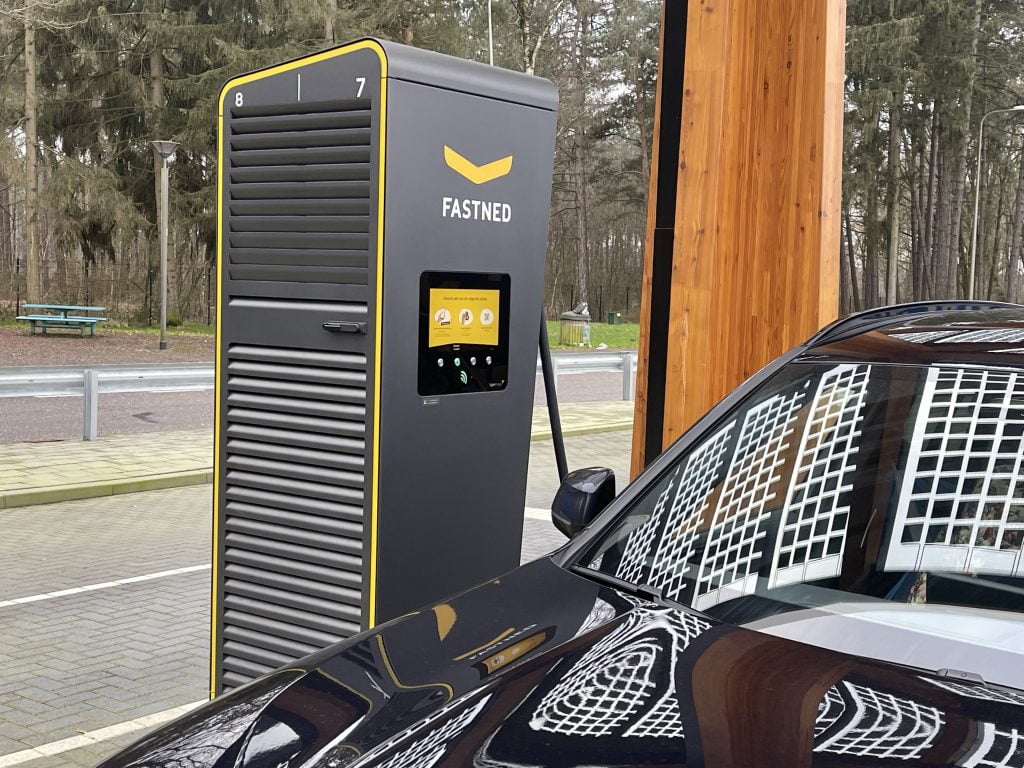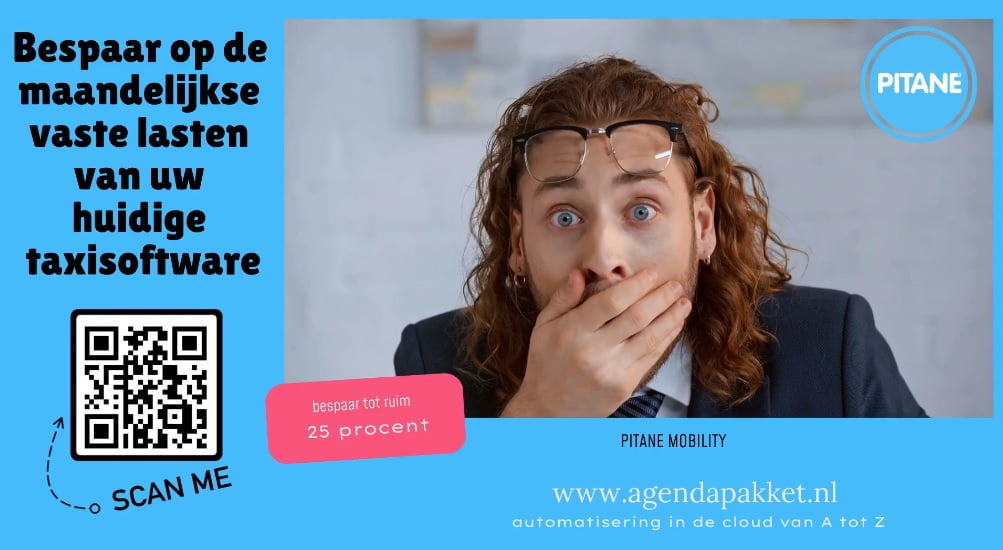I am positive that the growth of electric passenger cars in the vehicle fleet is developing faster than expected in the Climate Agreement.
State Secretary for Infrastructure and Water Management, Vivianne Heijnen.
A satisfied State Secretary Heijnen who has the ambition to make electric cars attractive and accessible to everyone, especially private individuals. The share of private registrations of new electric passenger cars was 21% in 2021. This is almost double compared to the 2015-2019 period. This seems to indicate that a breakthrough of electric transport among private individuals is gradually taking place. This is partly due to the increase in the total available subsidy last year.
subsidies
The subsidy for the purchase of new and used electric passenger cars will end in 2024 and the current tax incentives, such as the discount on motor vehicle tax for electric vehicles, will stop after 2025. As a result, a consumer with an electric car will pay more road tax than a consumer after 2025. with a comparable car with combustion engine.
In order to be able to achieve the ambition from the Coalition Agreement and the Climate Agreement, but also to offer consumers and the sector certainty for the longer term, it is expected that (stimulative) measures will also be needed after 2025. In addition, the charging infrastructure must never form an obstacle for (future) electric drivers. Among other things, the challenge of scarcity on the electricity grid and the installation of the Flying Brigade to sort this out together with fellow authorities and network operators, by
preparing forecasts.
The subsidy schemes for electric trucks and for the construction sector started on 9 May 2022. So many applications were submitted for both schemes on the first day that the budget was amply oversubscribed. The number of applications is overwhelming and shows that companies are ready. That's great news. It is important that entrepreneurs who want to take the step to make their vehicles or machines more sustainable are given the opportunity to do so.

Hydrogen in mobility is still in the start-up phase and remains a point of attention, while the scaling up and development of a balanced network of filling stations in combination with (heavy) vehicles remains limited. The application of (green) hydrogen is moving from the experimental phase to upscaling. The application is currently very expensive. It is now being investigated how part of the unprofitable top for hydrogen investments for market parties can be removed, in order to make upscaling possible. In view of the ambitious objectives of the RED III for hydrogen, the State Secretary will examine which additional actions are possible to encourage the use of hydrogen in mobility.
sharing mobility
Innovative forms of mobility are developing rapidly and must be made available to more and more Dutch people. In this way, mobility is becoming increasingly accessible, for example through shared mobility such as with
shared cars. Shared cars contribute to, among other things, CO2 reduction and acceleration of the electrification of the vehicle fleet. State Secretary Heijnen is currently developing this further in the form of a collaborative program for shared mobility with the regions. Experience has been gained within the City Deal Electric Shared Mobility for the connection with the housing task.
Image: Valerie Kuyper



